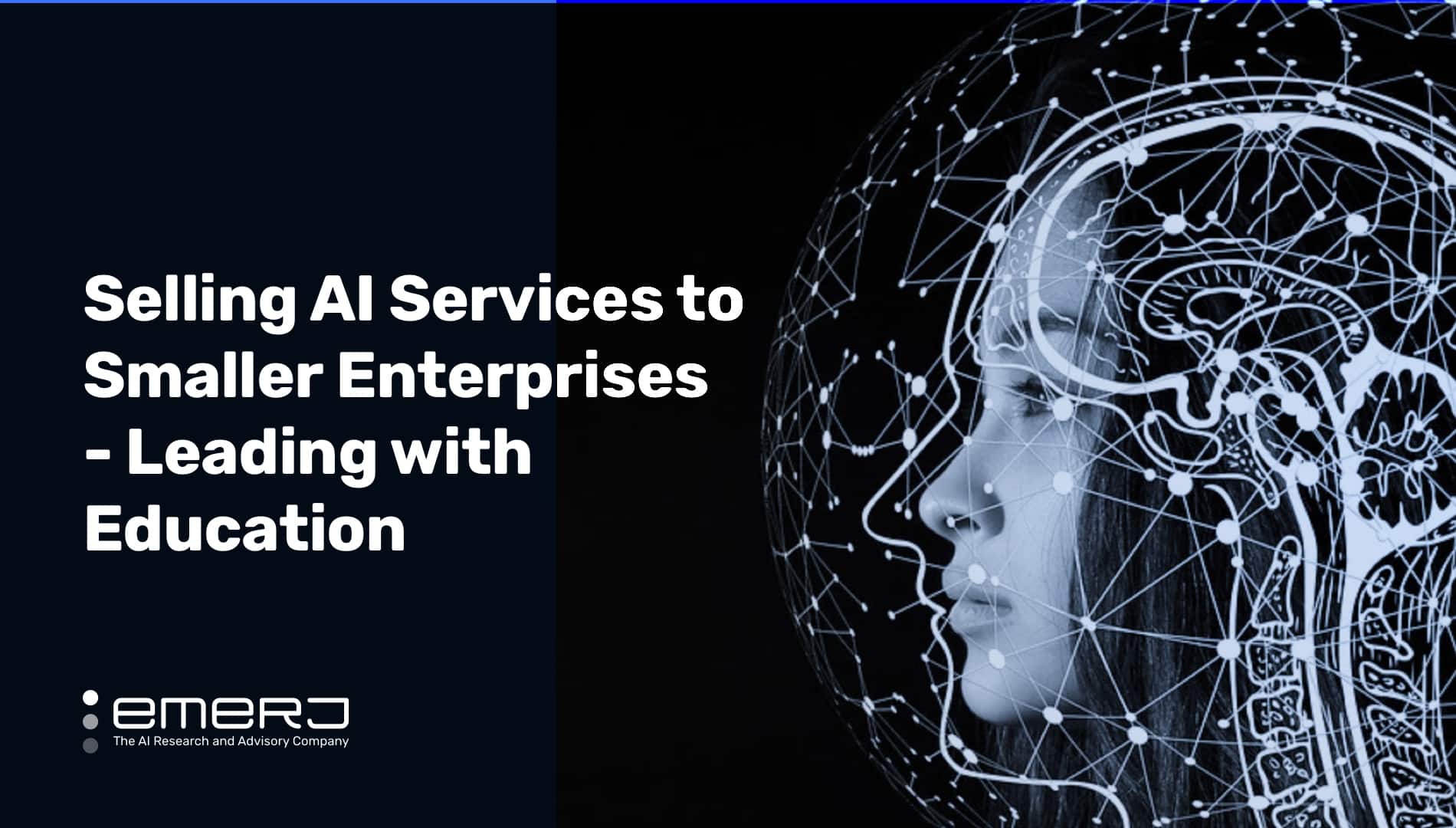
This article was a request from one of our Catalyst members. The Catalyst Advisory Program is a coaching program involving one-to-one advisory, weekly group Q-and-A with other Catalyst members, and a series of proprietary resources and frameworks based on insights from AI leaders at the world’s largest enterprises (AI adopters and buyers), and successful AI vendors and service providers. Learn more and apply emerj.com/catalyst.
In a previous Emerj Plus article, I went into detail about how to find the companies most likely to have strong budgets for AI projects. In that article, I discussed specific industries that are adopting AI more than others, and I explore why larger firms (companies with well over $1 billion in revenues) are the strongest candidates for buying AI products and services, or having strong in-house AI initiatives.
One of our Catalyst members asked me about what smaller firms (companies under $1 billion in revenue) might be able to buy. Like most of our Catalyst gro...
You've landed on exclusive content for Emerj Plus Members
Emerj Plus Membership
In-Depth Analysis
Consistent coverage of emerging AI capabilities across sectors.
Exclusive AI Capabilities Matrix
An explorable, visual map of AI applications across sectors.
Exclusive AI White Paper Library
Every Emerj online AI resource downloadable in one-click
Best Practices and executive guides
Generate AI ROI with frameworks and guides to AI application







